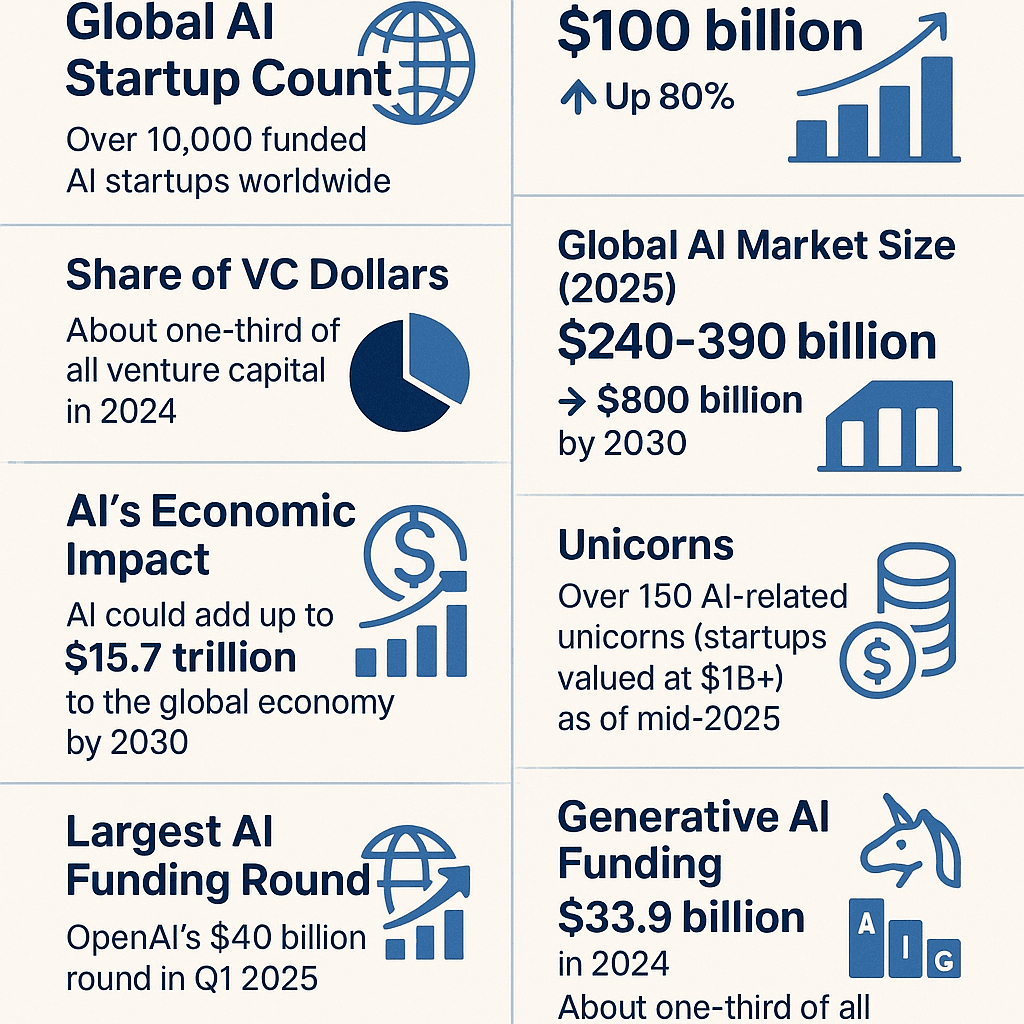AI's Economic Impact: Economists vs. Technologists in 2025
AI's economic impact in 2025 sparks debate between economists and technologists, focusing on productivity gains versus transition challenges.

AI's Economic Impact: Economists vs. Technologists in 2025
As artificial intelligence (AI) technologies rapidly transform industries worldwide, a fundamental debate has intensified: Are economists or technologists more accurate in predicting AI’s economic impact? This discourse centers on whether AI will primarily drive economic prosperity or induce disruption and inequality. The answer has profound implications for policy, labor markets, and global competitiveness. Drawing on the latest research and expert commentary from 2025, this article synthesizes perspectives from economists, technologists, and key institutions to provide a nuanced understanding of AI’s economic trajectory.
Background: The AI Economic Promise and Peril
AI breakthroughs, especially in generative models and automation, have accelerated since 2022, leading to widespread deployment across sectors such as manufacturing, services, finance, and education. Technologists emphasize AI’s potential to boost productivity, lower costs, and create new industries, painting a vision reminiscent of past technological revolutions like the automobile or electricity. Conversely, some economists caution about job displacement, wage polarization, and growing inequality, urging careful management of AI integration to avoid social disruption.
Key Perspectives: Economists vs. Technologists
Technologists’ View: AI as an Economic Engine of Growth and Prosperity
Technologists and industry leaders argue that AI is fundamentally a productivity multiplier—an engine that enhances human capabilities rather than replaces them outright. For instance:
- AI amplifies human skills by automating repetitive tasks, allowing workers to focus on higher-value activities such as strategy, innovation, and customer service.
- The technology lowers barriers to entry in many fields, enabling less-experienced workers to perform tasks that previously required specialized expertise, thus expanding employment opportunities for lower-wage workers.
- AI-driven competition encourages firms to innovate, reduce prices, and improve wages where skills are scarce, fostering a dynamic, consumer-friendly ecosystem.
- With appropriate investments in education, infrastructure, and policy, AI can revitalize economic growth, especially in regions like Europe where adoption lags behind the US and China.
Economists’ Concerns: Managing Displacement and Inequality
Many economists acknowledge AI’s productivity gains but highlight significant transition challenges:
- Studies show AI is already displacing jobs in certain segments of the U.S. labor market, particularly roles involving routine cognitive or manual tasks.
- AI tends to reduce wages at the higher end of the wage distribution while increasing employment among lower-wage workers, indicating a skill-replacing effect that compresses wage inequality but may erode earnings for highly skilled workers.
- Without governmental intervention and public understanding, AI could exacerbate economic inequality and concentrate power among a few large tech firms, limiting the broader societal benefits.
- The risk that AI could lead to a "dismal economic outlook" if its narrative and deployment falter is noted by some analysts, underscoring the need for policy frameworks that manage labor market transitions and promote inclusive growth.
Recent Data and Trends in AI’s Economic Impact
- A Federal Reserve Bank of Chicago study reveals that AI exposure correlates with a 2% immediate and up to 7% increase in employment in affected occupations, primarily benefiting younger, less-educated workers.
- However, AI reduces wages at the top end by about 2.8%, signaling shifting skill demands and wage structures.
- The World Economic Forum estimates that AI could displace up to 85 million jobs by 2025 globally but also create new roles requiring different skills, emphasizing the urgency for reskilling and education.
- European policymakers stress that AI adoption, combined with robotics and quantum computing, could be a lever to revive growth, but lagging investment risks losing competitiveness to the U.S. and China.
Implications for Policy and Business Strategy
- Accelerate AI diffusion: Expanding access to AI tools for small businesses, schools, and public agencies is crucial to maximize shared gains.
- Focus on human-AI collaboration: Organizations that build resilient workforces capable of adapting to AI-driven change will maintain competitive advantages.
- Implement proactive labor policies: Support for displaced workers through retraining, social safety nets, and inclusive economic policies can mitigate inequality.
- Promote transparency and public literacy: Increasing public understanding of AI’s mechanisms and impacts can counter misinformation and empower democratic oversight.
Conclusion
The debate over who is right about AI—economists or technologists—is complex and nuanced. AI undeniably drives significant productivity gains and opens new economic opportunities, but also brings transitional challenges in labor markets and inequality. The most credible outlook suggests a middle path: embracing AI’s transformative potential while implementing sound policies to manage its social impact. The future economic prosperity hinges on how governments, businesses, and societies navigate this delicate balance.
As AI continues to evolve, ongoing research, transparent dialogue, and adaptable strategies will be essential to harness its power for inclusive and sustained economic growth.



